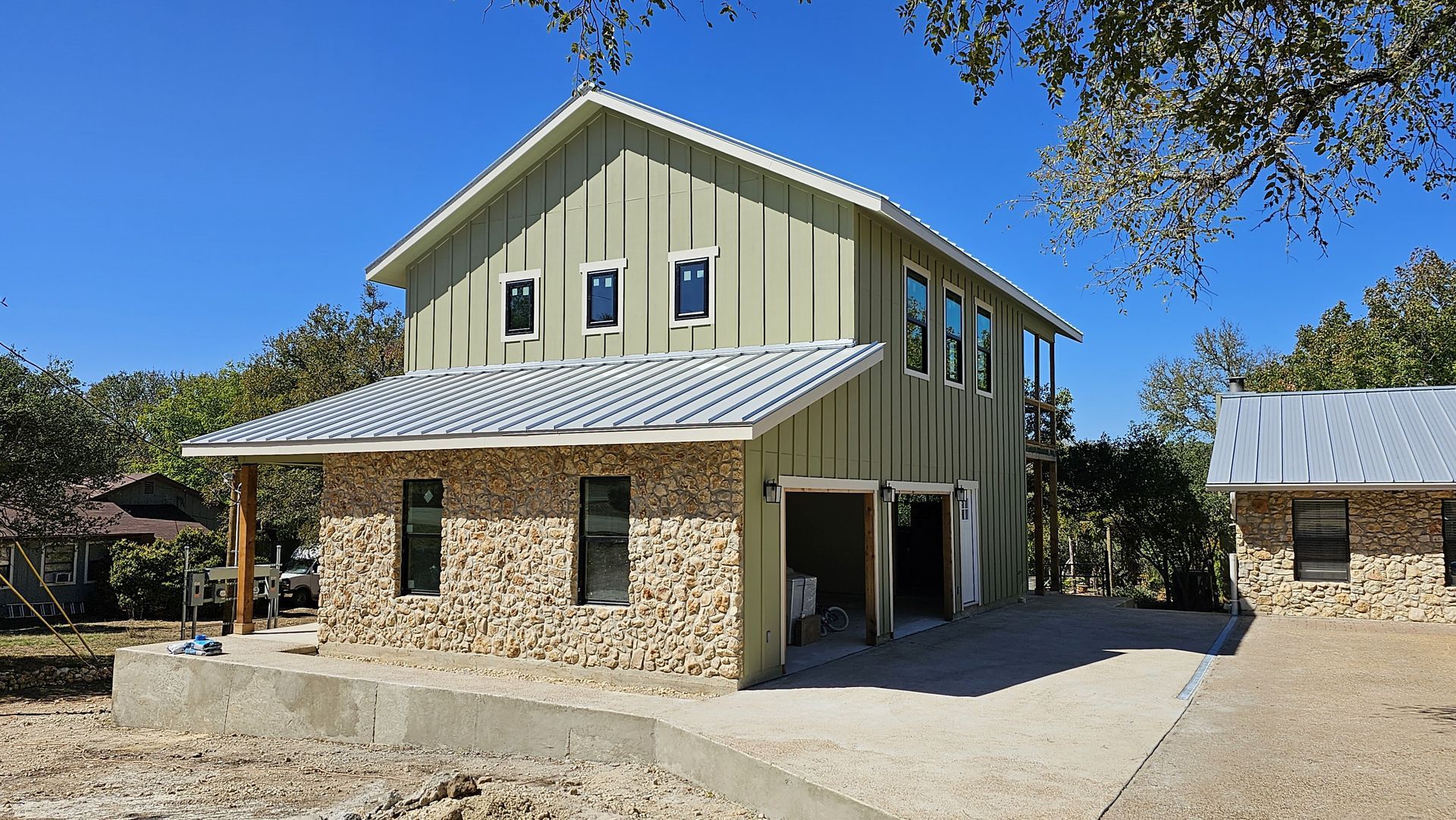Maximizing Small Spaces
Design Ideas That Reimagine Compact Living
In a world where urban density is increasing and the desire for efficient living is growing, mastering the art of maximizing small spaces has become an essential skill. Whether you're residing in a cozy studio apartment, navigating a compact office, or simply looking to optimize a smaller room in your home, clever design can transform limitations into opportunities for creativity and innovation.
At Five Mile Construction, we've encountered a wide array of spatial challenges, and we've developed a keen eye for unlocking the potential within even the most limited square footage. We believe that small spaces can be both functional and beautiful, and that thoughtful design can enhance your quality of life. This blog post delves into innovative design ideas that will help you reimagine compact living and make the most of every precious inch.
1. Embrace the Power of Hidden Storage:
Conquering clutter is paramount in small spaaces. Hidden storage solutions are your secret weapon for maintaining a sense of order and spaciousness.
- Under-Bed Storage: Utilize the often-overlooked space under your bed with drawers, rolling bins, or a platform bed with built-in storage.
- Staircase Storage: Transform the space under your stairs into drawers, cabinets, or even a cozy reading nook.
- Wall Cavities: Recess shelving or cabinets into wall cavities to gain storage without encroaching on valuable floor space.
- Furniture with Built-in Storage: Ottomans, benches, and even coffee tables can offer hidden compartments for stashing everyday items.
2. The Magic of Mirrors and Reflective Surfaces:
Mirrors are a small-space designer's best friend. They create an illusion of depth, amplify natural light, and can make a room feel significantly larger.
- Strategic Placement: Position mirrors opposite windows to reflect natural light and create a brighter, more open feel.
- Mirrored Walls: Consider a mirrored wall or a large, strategically placed mirror to visually double the size of a room.
- Reflective Finishes: Incorporate reflective surfaces like glass, polished metal, and glossy finishes on furniture and accessories to bounce light around the space.
3. Folding and Collapsible Furniture: Adaptability is Key
Furniture that can be folded, collapsed, or tucked away when not in use is a game-changer in small spaces.
- · Folding Tables and Chairs: Perfect for dining or working, these pieces can be easily stored when not needed.
- · Wall-Mounted Desks: A wall-mounted desk can be folded down when in use and folded up to free up space when not required.
- · Stackable Furniture: Chairs and stools that can be stacked are great for entertaining.
- · Convertible Sofas: Sofas that transform into beds are ideal for accommodating overnight guests.
4. Think Modular and Customizable:
Modular furniture systems offer unparalleled flexibility in small spaces. They allow you to customize your layout and adapt your furniture to your changing needs.
- · Modular Shelving Units: Configure shelving units to fit your specific space and storage requirements.
- · Modular Sofas: Create a seating arrangement that perfectly fits your room and can be reconfigured as needed.
- · Customizable Closet Systems: Maximize closet space with adjustable shelves, drawers, and hanging rods.
5. Embrace the Nook:
Often overlooked, nooks and alcoves can be transformed into functional and inviting spaces.
- · Reading Nook: Create a cozy reading nook with a comfortable chair, a small bookshelf, and good lighting.
- · Home Office Nook: Tuck a small desk and shelving into an alcove to create a dedicated workspace.
- · Breakfast Nook: A built-in banquette in a kitchen corner can provide a charming and space-saving dining area.
6. Utilize Double-Duty Rooms:
Make rooms work harder by assigning them more than one function.
- · Home Office/Guest Room: Combine a home office with a guest room by incorporating a Murphy bed or a convertible sofa.
- · Living Room/Dining Room: Use clever furniture arrangements and room dividers to create distinct zones within an open-plan living and dining area.
- · Laundry/Mudroom: Design a space that can serve as both a laundry room and a mudroom by including storage for coats, shoes, and other outdoor gear.
7. Go Bold with Color and Pattern:
Don't shy away from color and pattern in a small space. Used strategically, they can add personality and visual interest without overwhelming the room.
- · Accent Wall: Create a focal point with a boldly colored or patterned accent wall.
- · Colorful Rugs: Define different zones in an open-plan space with strategically placed rugs.
- · Patterned Textiles: Add visual interest with patterned throw pillows, curtains, or upholstery.
Five Mile Construction: Masters of Small Space Design
At Five Mile Construction, we're passionate about creating innovative solutions for small spaces. We understand the unique challenges and opportunities that come with limited square footage. Our team of experienced designers and builders will work closely with you to:
- · Understand Your Needs: We'll take the time to understand your lifestyle, preferences, and how you intend to use the space.
- · Develop a Tailored Design: We'll create a customized design plan that maximizes your space and reflects your personal style.
- · Source Space-Saving Solutions: We'll help you find the perfect furniture, fixtures, and finishes to optimize your small space.
- · Expert Craftsmanship: Our skilled craftsmen will bring your vision to life with precision and attention to detail.
Contact us today to discuss your small space project and discover how we can help you transform it into a functional, beautiful, and surprisingly spacious environment. Let's make the most of every inch!



